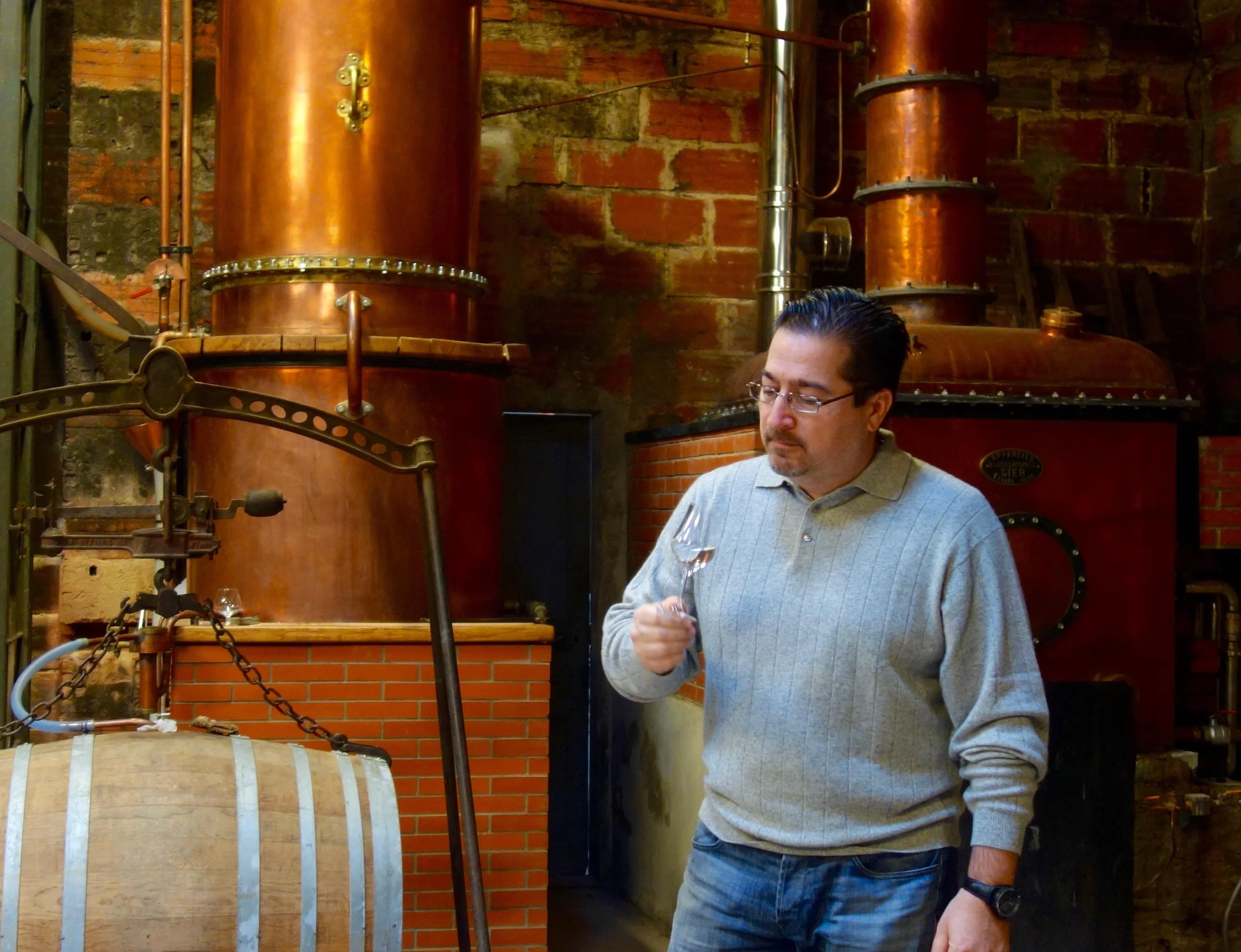Armagnac must be matured in oak barrels. Oak barrels are permeable and they absorb a significant amount of liquid over time. As much as 5% of the volume of the new spirit we put into a cask will be quickly absorbed into the thirsty wood when it is initially filled – but it does not stop there.
Read MoreArmagnac is tasted like wine, in three steps and three parts of your body are used: eyes, nose and mouth.
Read MoreROXANE is a clear unaged armagnac distilled from white wine grapes, a white spirit full of fruit and freshness. Never compromised by barrels, she is the true essence of armagnac. After distillation is vatted in inert containers allowing the spirit to retain its sharp, spunky edge. Clean with a bold, muscular character, it is the preferred for mixologists as it is a versatile base for cocktails
Read MoreArmagnac is the oldest brandy in France. It is a grape-based spirit with a 700 year old history. It is produced in the region it’s named for – Armagnac, in Gascony, Southwest France.
The Romans introduced the vine in this privileged region, the Arabs the alambic, and the Celts the barrel. Armagnac is born from the meeting of these three cultures.
Read MoreWhile Armagnac requires aging in oak barrels, not just any oak will do. It is critical for Armagnac production to select the right wood and age and dry it to perfection before starting to make the barrels.
Although oak from other regions can legally be used, purists insist on barrels made from the black oak of the local Monlezun forest
Read More





